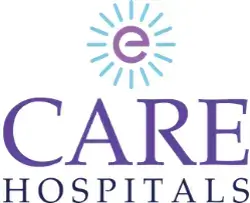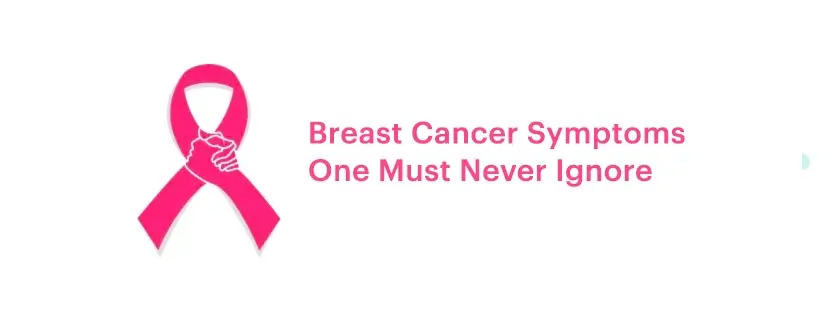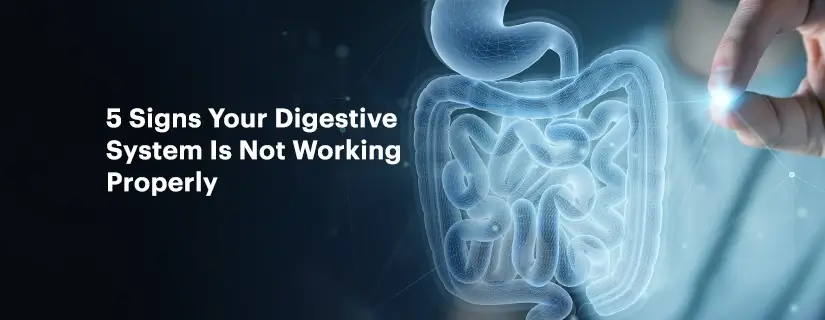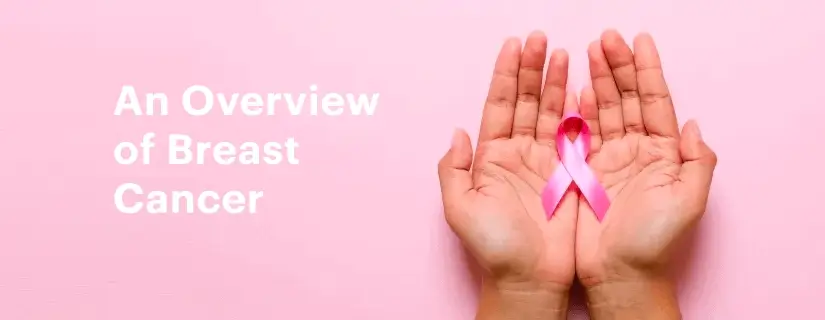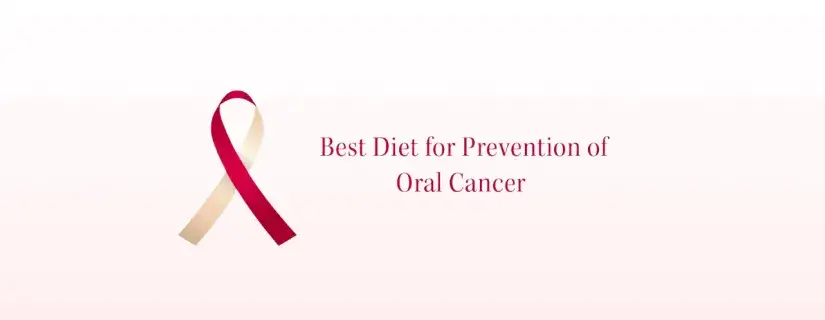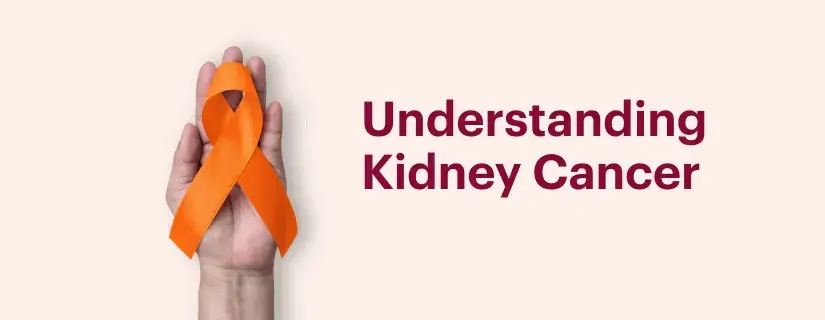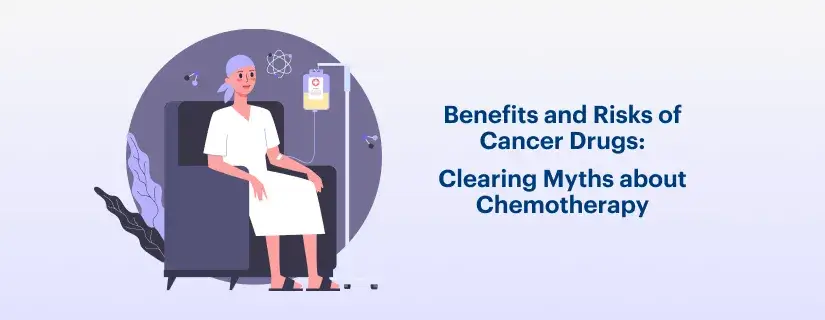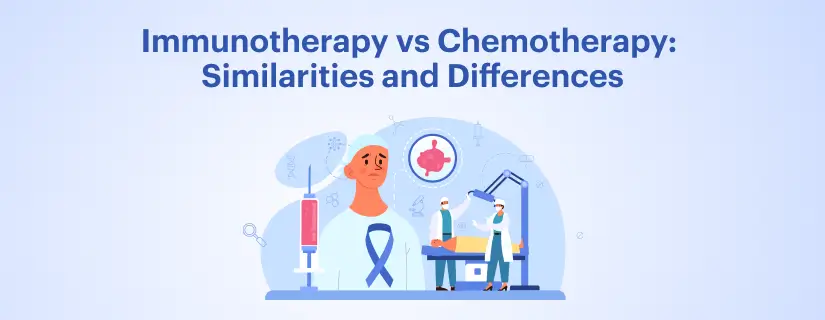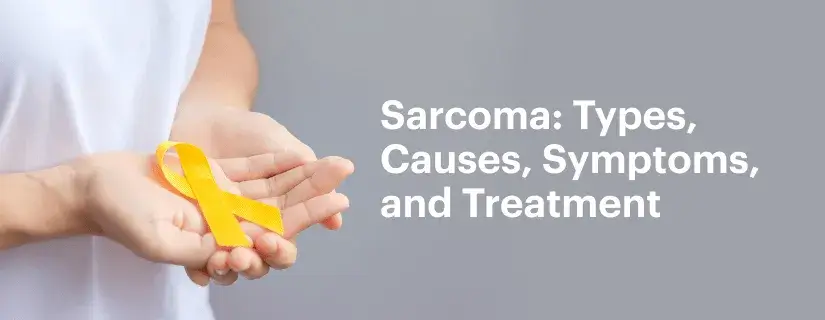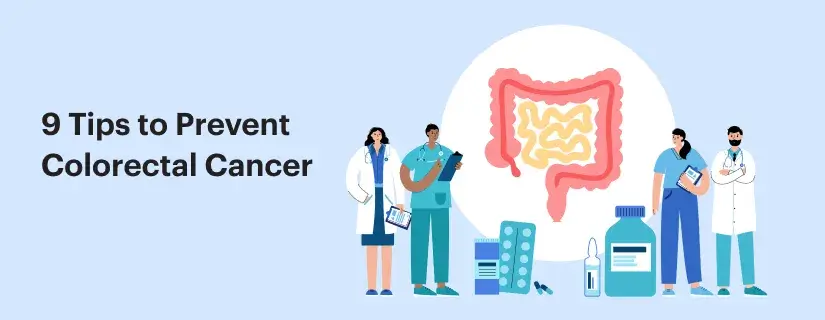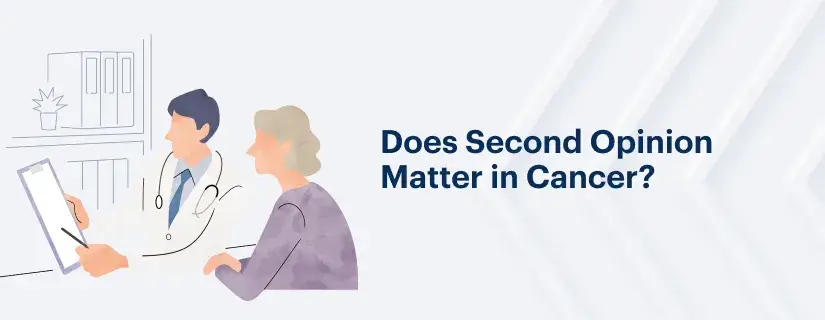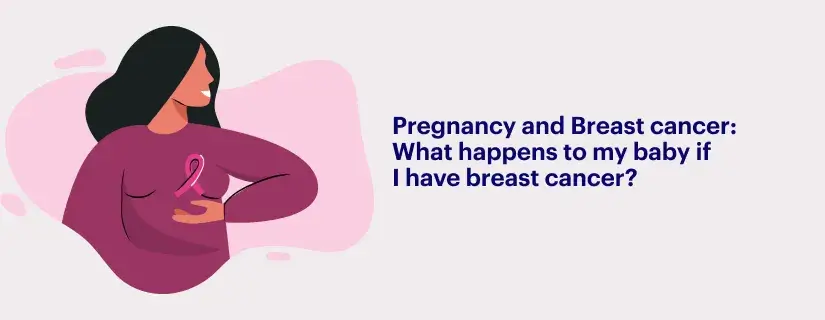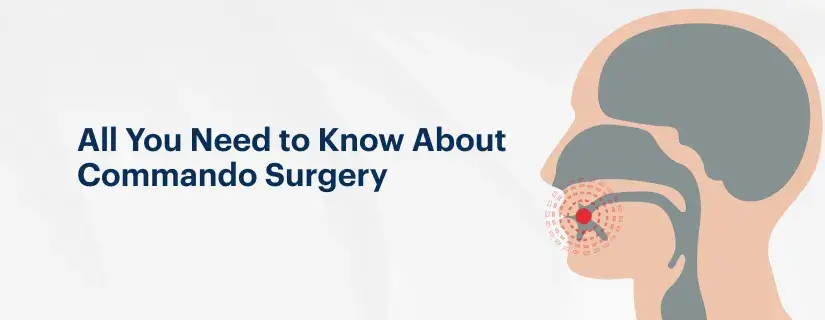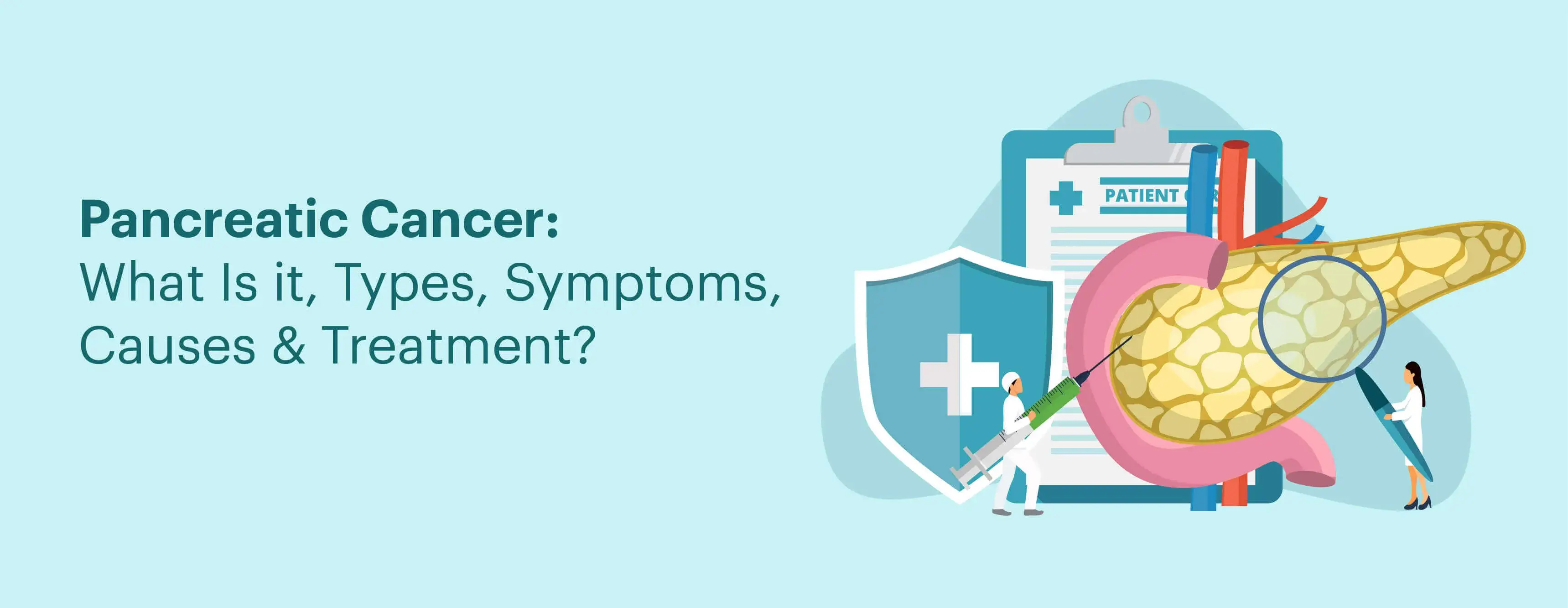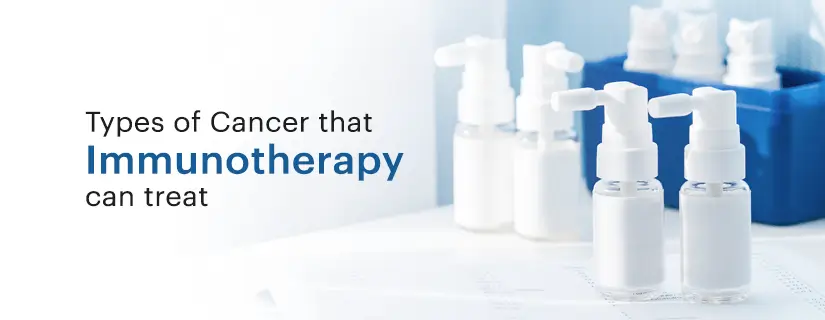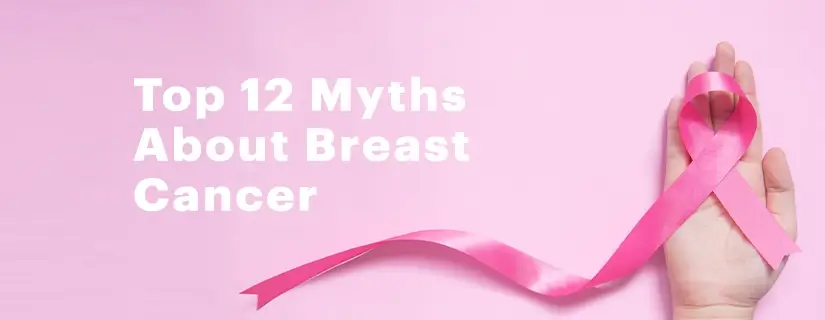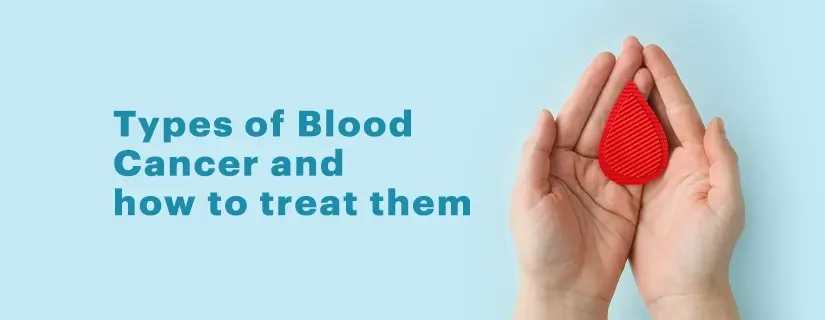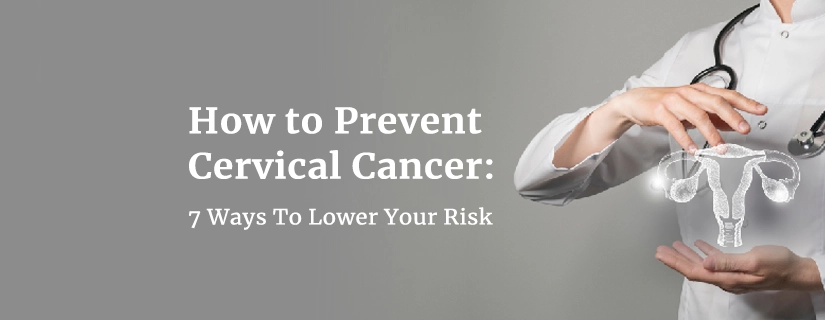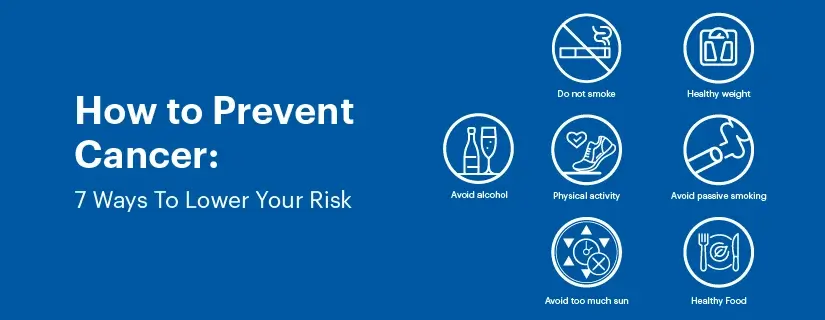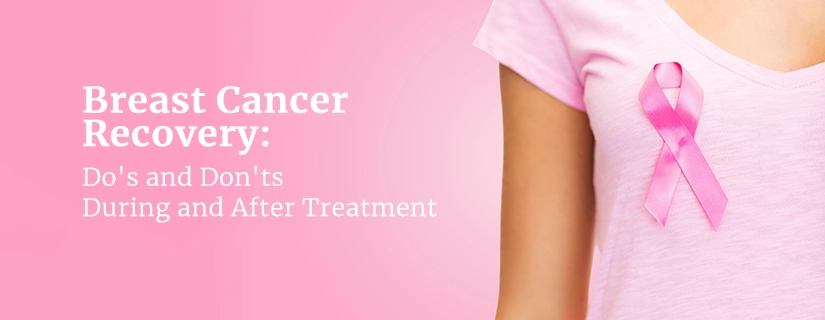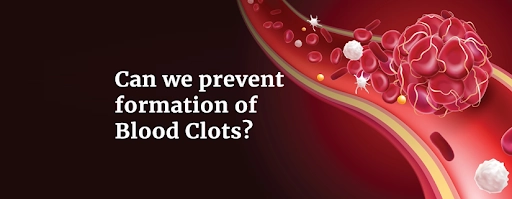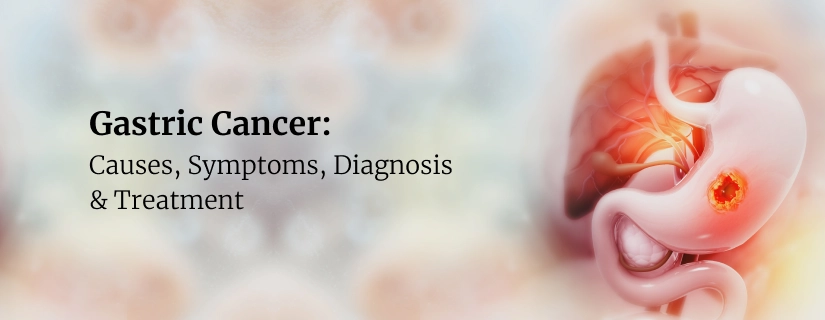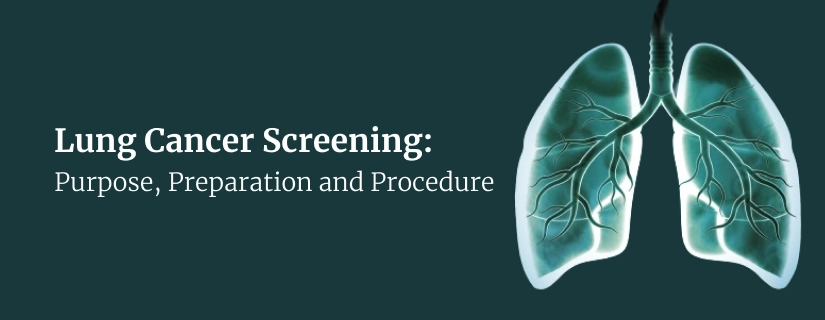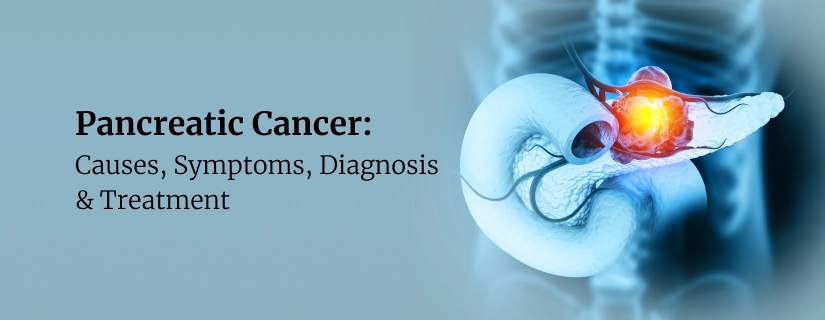-
Doctors
-
Specialities & Treatments
Centre of Excellence
Specialties
Treatments and Procedures
Hospitals & Directions HyderabadCARE Hospitals, Banjara Hills CARE Outpatient Centre, Banjara Hills CARE Hospitals, HITEC City CARE Hospitals, Nampally Gurunanak CARE Hospitals, Musheerabad CARE Hospitals Outpatient Centre, HITEC City CARE Hospitals, Malakpet
HyderabadCARE Hospitals, Banjara Hills CARE Outpatient Centre, Banjara Hills CARE Hospitals, HITEC City CARE Hospitals, Nampally Gurunanak CARE Hospitals, Musheerabad CARE Hospitals Outpatient Centre, HITEC City CARE Hospitals, Malakpet Raipur
Raipur
 Bhubaneswar
Bhubaneswar Visakhapatnam
Visakhapatnam
 Nagpur
Nagpur
 Indore
Indore
 Chh. Sambhajinagar
Chh. SambhajinagarClinics & Medical Centers
Book an AppointmentContact Us
Online Lab Reports
Book an Appointment
Consult Super-Specialist Doctors at CARE Hospitals
Lung Cancer: Signs, Diagnosis and Treatment Options
Updated on 24 July 2021
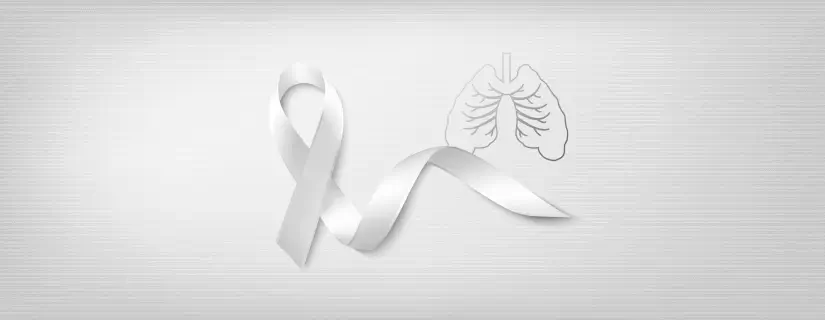
Table of Content
According to recent studies, lung cancer is the most common cancer in the world. It is the second most common cancer among men and the leading cause of cancer-related deaths (among men) in our country. While smoking is one of the major risk factors for the development of lung cancer, non-smokers and passive smokers are also known to develop the condition. The two main types of lung cancer are small cell lung cancer (SCLC) and non-small cell lung cancer (NSCLC).
Lung cancer often goes unreported in the early stages making treatment more difficult as it tends to spread to other parts of the body as the disease progresses. This makes it very important to understand lung cancer symptoms and treatment options.
Early signs of Lung Cancer
Many patients do not exhibit significant signs and symptoms of lung cancer during the early stages. There may be some warning signs, though. These include –
-
A persistent cough that does not go away in a week or two. It is important to contact a doctor if a cough lingers beyond a fortnight or gets progressively worse. The cough may or may not be accompanied by phlegm. Bloody phlegm is a definite warning sign.
-
Lung cancer is often accompanied by shortness of breath or a change in breathing patterns (wheezing etc.). If you are a smoker and are out of breath quite easily, it is important to consult a doctor.
-
Look out for pain in the chest region. This may be intermittent and dull or even sharp and constant but any pain in the chest region must be assessed by a medical practitioner. The pain could become worse when you laugh, cough, or even take a deep breath.
-
Persistent hoarseness or change of voice is another warning sign that must not be ignored, particularly if you are a smoker. If a malignant tumour of the lung affects the nerves connected to the larynx, it may cause hoarseness of the voice.
-
Like all other types of cancer, extreme weakness and fatigue are also warning signs of lung cancer. This is often accompanied by unusual weight loss and lack of appetite.
Diagnosis and Treatment Options
Diagnosis of lung cancer is achieved by a combination of diagnostic procedures such as X-ray, CT scans, and MRI. In some cases, a lung biopsy may also be necessary. A small amount of lung tissue is removed at the lung hospital in Hyderabad and examined under a microscope. A biopsy may be performed through a bronchoscopy, liquid biopsy, or needle biopsy.
Some of the standard treatment options recommended for lung cancer include surgery, chemotherapy, and radiation.
Prevention of lung cancer is much easier, given the complications of the treatment. If you are a regular smoker, it is best to seek a doctor’s help in quitting. Reducing exposure to second-hand smoke and high levels of pollution helps too.

ENQUIRY FORM
SELECT CATEGORIES
-
Neurosciences (16)
-
Neurology (37)
-
Neurosurgery (14)
-
Orthopaedics (48)
-
Oncology (33)
-
Obstetrics and gynecology (52)
-
Pulmonology (23)
-
Urology (20)
-
Nephrology (13)
-
Psychiatry (7)
-
Dietetics and Nutrition (111)
-
General Medicine (63)
-
Cardiac Sciences (32)
-
Vascular & Endovascular Surgery and Interventional Radiology (15)
-
Gastroenterology (46)
-
Endocrinology (23)
-
Plastic Surgery (10)
-
Critical Care Medicine (5)
-
COVID-19 (16)
-
Dermatology (16)
-
Emergency Care (1)
-
Ophthalmology (4)
-
Pediatrics (14)
-
Laparoscopic and Bariatric Surgery (8)
-
ENT (15)
-
Kidney Transplant (1)
-
Liver Transplantation and Hepatobiliary Surgery (5)
-
General Surgery (3)
-
Internal Medicine (5)
-
Medicine Information
How to prepare yourself for Chemotherapy
Liver Cancer: Risk Factors and How to Prevent
YOU MAY ALSO LIKE
RECENT BLOGS
-
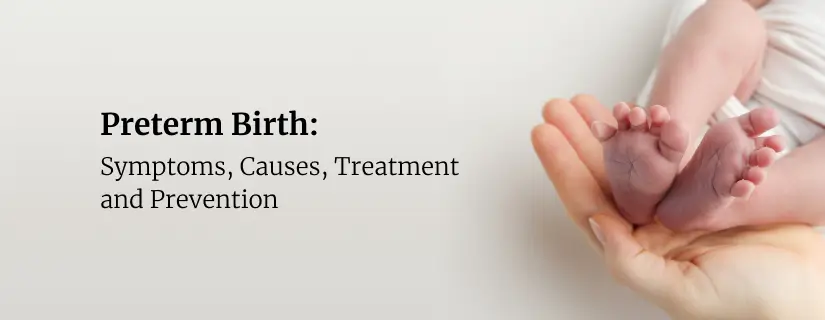
Preterm Birth (Premature Birth): Symptoms, Causes, Treatment and Prevention
13 May 2025
Read More
-
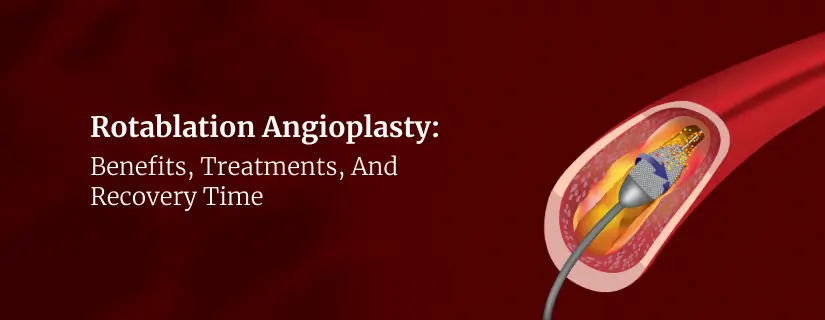
Rotablation Angioplasty: Benefits, Treatments, And Recovery Time
9 May 2025
Read More
-
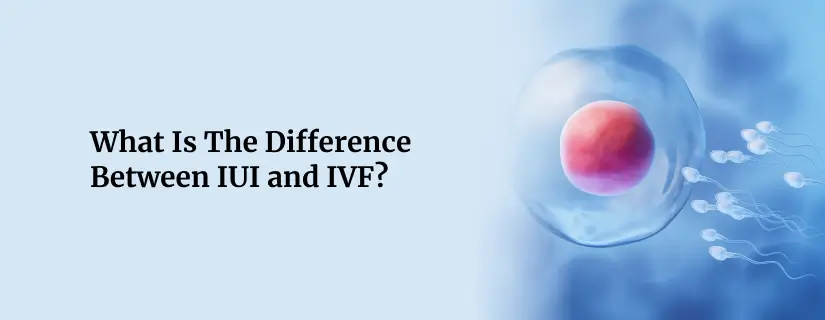
What Is The Difference Between IUI and IVF?
9 May 2025
Read More
-
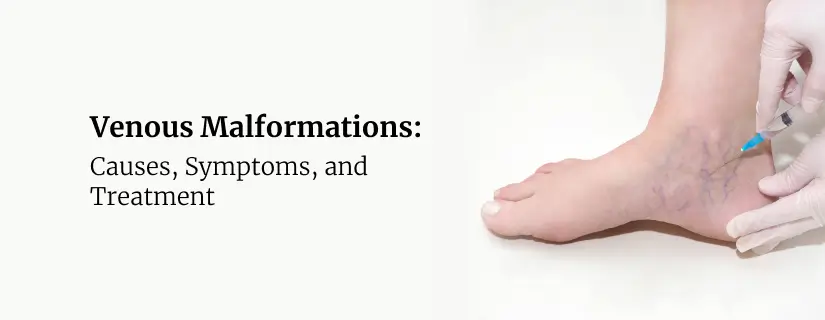
Venous Malformations: Causes, Symptoms, and Treatment
30 April 2025
Read More
-

Varicose Vein Foam Sclerotherapy: Treatment, Benefits, and Procedure
30 April 2025
Read More
-
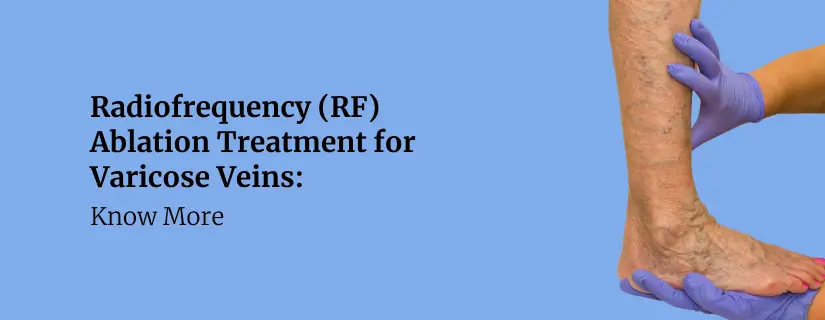
Radiofrequency (RF) Ablation Treatment for Varicose Veins: Know More
30 April 2025
Read More
-

Varicose Vein Sclerotherapy: Treatment, Benefits, and Procedure
30 April 2025
Read More
-

Varicose Vein Endovenous Laser Ablation: Procedure, Benefits, Risks
30 April 2025
Read More
Have a Question?
If you cannot find answers to your queries, please fill out the enquiry form or call the number below. We will contact you shortly.
